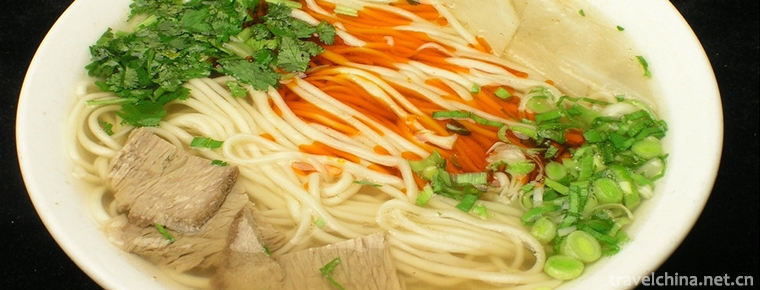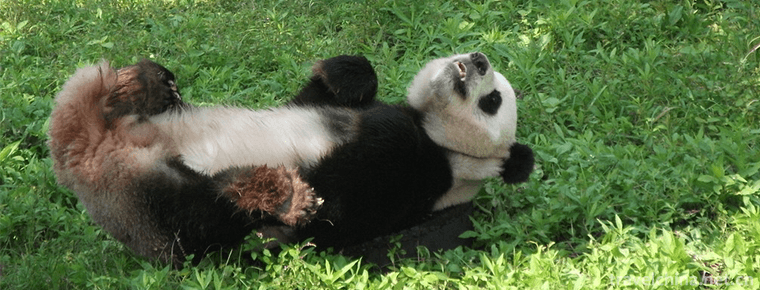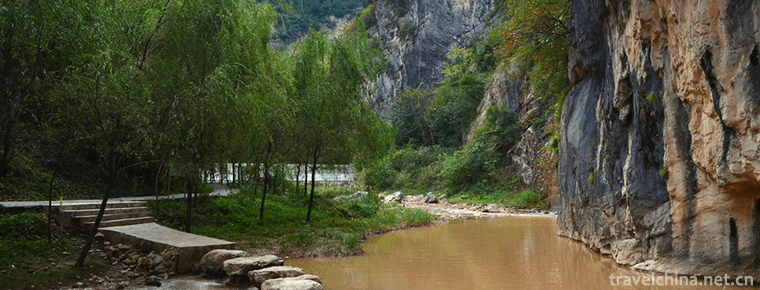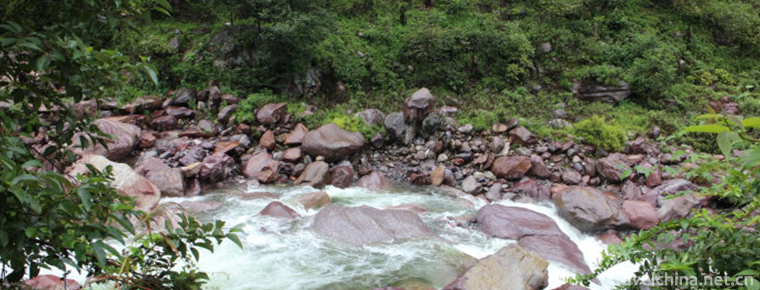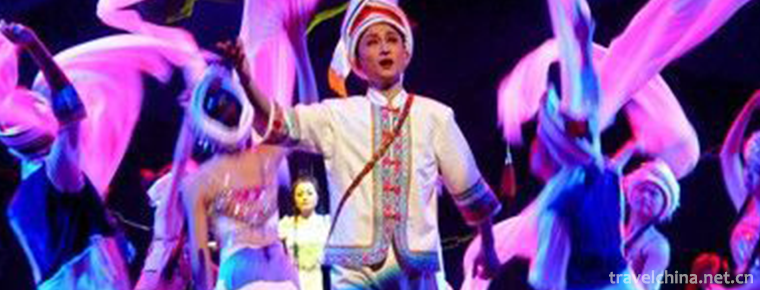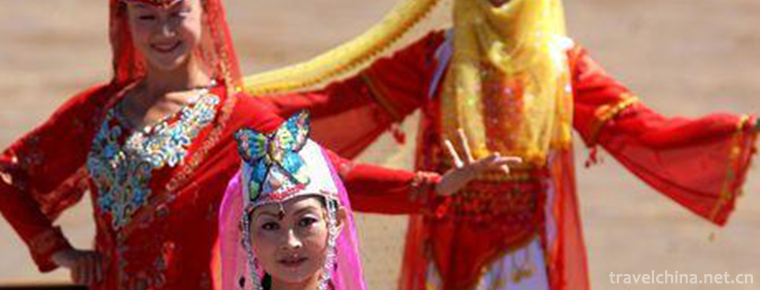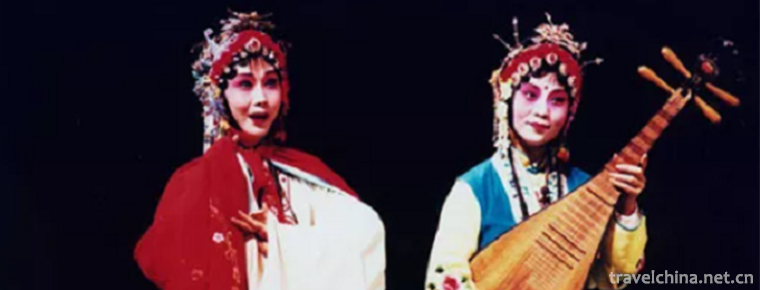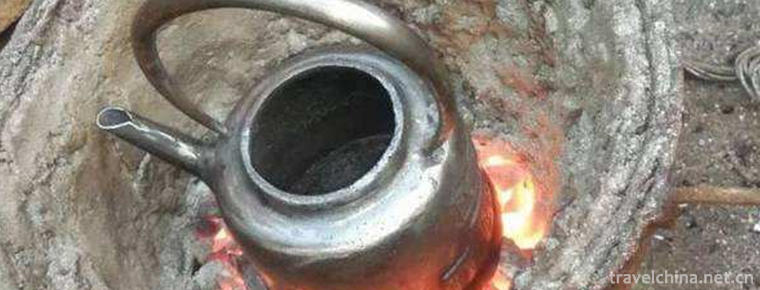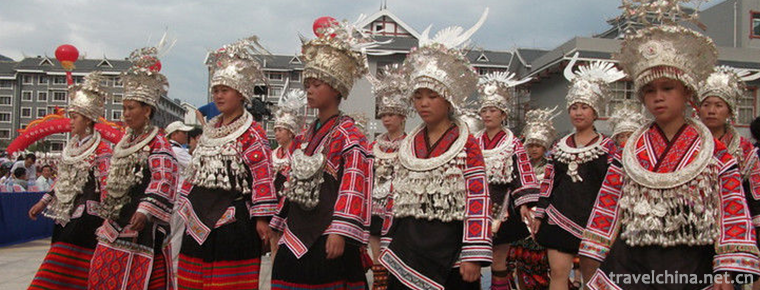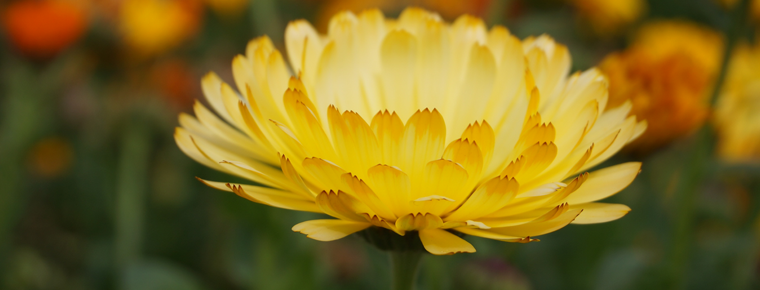Yicheng Temple Scenic Spot of Sun Bin Tourist City
Yicheng Temple Scenic Spot of Sun Bin Tourist City
Sun Bin Tourist City is located in Jishan Town, 20 kilometers northeast of Juancheng County, Heze City, Shandong Province. Juancheng is the hometown of Sun Bin, a famous military strategist in the Warring States Period. Sun Bin Tourist City covers an area of 999 mu. The existing scenic spots are Yicheng Temple, Sun Bin Tomb, Yangzuo Tomb, Jingyi Tomb and so on.
Sun Bin Tourist City is a national AAAA-level tourist attraction, which has been included in one of the first 12 national high-quality tourist routes, and has been rated as the most distinctive film and television shooting base in Shandong Province. Sun Bin Tourist City was built on the basis of the ancient "Yicheng Temple" site in China. The whole scenic area is divided into three major areas, namely, Sun Bin Memorial Area, Buddhist Cultural Area and Garden Tourist Area.
brief introduction
Sun Bin Tourist City is a large-scale tourist attraction approved by Shandong Provincial People's Government, funded by Taiwan Buddhists and assisted by Juancheng County People's Government. It is a national AAAA-level tourist attraction. It has been included in one of the first 12 national high-quality tourist routes, and has been rated as the most characteristic film and television shooting base in Shandong Province. Sun Bin Tourist City was built on the basis of the ancient "Yicheng Temple" site in China.
Sun Bin Tourist City is divided into three regions, namely, Sun Bin Memorial Area, Buddhist Cultural Area and Garden Tourist Area. (Five major sections: Sun Bin's military culture in Sun Bin scenic area, Cup planting culture in garden scenic area, Buddhist culture in Buddhist scenic area, and the only brothers'tomb in Chinese history, Yangzuo Quanjiao Tomb and Jingyi Temple.)
Sun Bin Memorial Area includes Sun Bin Memorial Hall, Sun Bin Tomb, Buddha Pagoda, Sun Bin Academy; Garden Tourist Area includes Shade Avenue, Park, Yuanrong Lake, Villa Area, Flower Pot Scenic Area, Cultural Entertainment Garden, Yicheng Hotel, etc. The main buildings of Buddhist Cultural Area are Fangsheng Pool, Tianwang Hall, Yuantong Hall, Pharmacist Hall, Daxiong Palace, Wenshu Hall, Bell Tower, Gallery, Luzhou Hall, Fatang, Zhaitang, etc. All kinds of trees and plants are planted throughout the tourist city, including mountains, water, towers, lakes and forests. It is a good place for leisure, summer resort, sightseeing and sightseeing. It has become another tourist attraction in northern China after Mount Tai and Sankong, covering an area of 999 mu. It is estimated to invest 450 million yuan. Now it has invested 300 million yuan. Sun Bin tourist city links Jishan River in the north and Yangyang in the southwest. River, formed the "Erlong Drama Pearl" geomantic treasure land.
Sun Bin Memorial Area
Yuan Rong Bridge
The bridge outside the gate of the scenic spot is the main entrance and exit of the tourist city. It is 158 meters long and 12 meters wide. It was built in 1994 and completed in 1996 with a total investment of more than 34 million yuan.
City gate
The gate of the scenic area is a four-pillar archway building. The relief in the middle of the gate is drawn by imitating the oracle bone inscription pictographs unearthed.
The five characters of "Sun Bin Tourist City" are inscribed by Ren Jiyu, a master of Chinese science, a famous philosopher and the director of the National Library of China. The relief on both sides of the door is based on the traditional custom of "City of Sun Bin", reflecting the simple and honest folk customs of the local people.
Harmony square
It covers an area of 30,000 square meters and adopts the structure of the Temple of Heaven, which stands in the center of the square. It is the symbol of the scenic spot of the whole scenic area. It is situated on the top of it is Master Damo and his patronage.
Soldier's gate
The main entrance and exit to Sun Bin Memorial Area is an ancient Han Dynasty building. The "screen wall" is also called the "front wall". The front of the wall is a god of war carved in bluestone. It reflects Sun Bin's view of war here: Sun Bin said, "defeat and stand strong", that is to say, a country must win the war in order to have a foothold, which was also the most realistic problem at that time. 。 Next to it is a mountain called "Cold Mountain", where Sun Bin used to graze.
Soul trap
Also known as the "Nine Palaces Eight Diagrams Array", the pavilion in the middle is also known as the Nine Palaces Pavilion (Sun Bige). According to legend, it was founded by Fuxi, and Sun Bin was the first person to use it in military affairs. When Sun Bin was a military officer of the Qi State, Zhidou Pangjuan, he saw this place as "Wusoul Mountain", so he set up a phantom on the ground, pulling out the east, south, west, north, southeast, southwest, northwest and northeast eight sides, leaving only seven sides. When Pangjuan came to this place, he was besieged and confused. Therefore, the whole scenic area was also designed according to Sun Bin's phantom of nine mazes and eight hexagrams. . It's easy for the people who come in to feel that the direction is changing at any time with the crossing of the ramp and the trees. There are things in the north and south, and things in the East and West in the north and south. If the time is fixed by the sun, it is noon before 10 a.m., and it is actually 4 p.m. after noon. Someone has compiled a slip of the tongue to describe this situation: "Enter the phantom, the champion is hard to recognize, east, west, north and south, there are alleys everywhere; as if the mill pushed, the old road turned to black."
Sun Bin Memorial
Located in the western part of the tourist city, the museum is a heavy eaves with a series of pointed roofs, 30 meters in length and 20 meters in width, with a half-arch green glazed tile roof. It is the landmark building of Sun Bin Memorial Area. It consists of Wu Shengmen, Sun Bin Memorial Hall and Sun Bin Tomb. Firstly, the Wushengmen Gate is 9 meters high. It is built in accordance with the traditional style of thatch roof in ancient civil structure. The relief on both sides of the gate is a typical mascot of China: Suzaku, Suzaku represents auspiciousness. In the past, only people with prestigious status could live in such a courtyard. Four mascots of ancient China: (former: Suzaku, latter: Xuanwu, left: Qinglong, right: White Tiger).................................................................................................................................................................................
Buddhist scenic spot
Mountain Gate
Entering the Buddhist area should be Left-in and right-out. It must be clockwise. It means that a person's life can run at all times. There are some examples in the architectural layout of Buddhist monasteries in Han Dynasty. Most of them are typical ancient Chinese official buildings with single layout and symmetrical overall regularity. The Buddhist temple covers an area of 333 mu. There are three doors in front of the Buddhist district. There is always a middle door (also known as empty door) which is always closed. It is said that only monks can walk. After entering the door, we saw two very ferocious Dharma guardians. Looking carefully, we can see that one of them is open-mouthed and the other is closed-mouthed. Because of his ferocious face, he is what we call the second general of "hum-ha". Hum-general: Nose out of the white air to control the enemy, named Zheng Lun. Kazakhstan general: spit yellow gas to make enemy, name: Chen Qi.
pond where fish are released
In front of the mountain gate is the Free Life Pool. Buddhist monks pay attention to not killing, and take compassion as their bosom, so he is the place where monks use to set free. Because it resembles the shape of a lotus flower, also known as the Lotus Freeing Pool. Guanyin Bodhisattva, Sanskrit Avalokite Bodhisattva, also known as Guanyin Bodhisattva, Guanzi Bodhisattva, Guangshiyin Bodhisattva, is literally one of the four Bodhisattvas that observe the voices of the people in the world. He is dignified and kind-looking, with infinite wisdom and divinity, great compassion and universal salvation of human suffering. When people encounter disaster, as long as they read their name, they go to salvation. He is usually a "male and female figure", because Buddhism originated in ancient India (Tianzhu), which was handed down to the Central Plains in the 6th century BC. Many people believe in it, but it also hinders the fetters of Chinese feudal etiquette. Many women think that it is inconvenient to put Guanyin (a male figure) in their boudoir, and at the same time think that only one is. Women have great compassion, so Guanyin gradually changed from a man to a woman. In particular, Buddhism in Sui and Tang Dynasties reached unprecedented prosperity. Many statues of Guanyin were mostly male before Sui and Tang Dynasties, and then women were mostly female.
Yicheng Temple
In the mid-Northern Wei Dynasty, the ancestor of Buddhist Zen, Bodhidama, sailed, crossed the Yangtze River to the north, preached and heard about the historic sites of Yicheng, built temples on the old site of Yicheng, developed the Zen culture, and took the meaning of "100 million" as quiet, then renamed "Yicheng Temple". The temple has lasted for thousands of years. During the glorious period, Buddha statues reached more than 10,000 statues and monks reached more than 1,000 people, but a fire in the Ming Dynasty destroyed them. After several repairs, the largest one was in Ming Jiaqing 37 years. At that time, the scale was huge and occupied 500 mu. Until 1994, there was a special and accidental opportunity in Taiwan. At that time, a mage called Tianji. She had made a great wish in the Central Plains mainland. When her wish was fulfilled, the mage's plan came true. She wanted to return her wish, but when she passed through the great rivers of China, she never found a place to make her wish. The mage wanted to leave on the plane and went over Hong Kong. He inadvertently opened the map of China and saw a word flashing in front of her. The word "Juancheng County" "Juancheng" was the word "Western Letu Big Ear Buddha", which was the birthplace of Buddha. After investigation, it was found that this was the birthplace of Zen Buddhism and that it was once the birthplace of Zen Buddh It is Sun Bin's hometown. After the war of Ma Ling, Sun Bin told his old man to return home and live here in seclusion. King Qi read his merits and often sent people to visit him. In order to accommodate him, he built a post city in the north of the village. After Sun Bin's death, he was buried in front of Yicheng, which was changed into Yicheng. Buddhism was introduced into Juancheng during the Wei and Jin Dynasties. In the first year of the Northern Qi Emperor's founding (560 years), he built a temple in the old city of Yicheng, which was named "Yicheng Temple" as "Yicheng Temple" in the sense of "Yicheng" quiet. The temple is surrounded by the tombs of Yangjiao Ai, Zuo Botao and Jingyi, which are also known as Yicheng Temple. In the thirty-seventh year of Jiajing in the Ming Dynasty (1558), the temple was rebuilt. According to the "Repairing the Monument of Yicheng Temple", the temple covers an area of 400 mu. It has five halls, including the Great Buddha Hall, the Tibetan Sutra Pavilion, the Grand Master Hall, the Garan Hall and the Four Heavenly Kings Halls. There are more than ten thousand Buddha statues and thousands of monks. It was rebuilt again in 1929, and was demolished in 1946 during the land reform. Now it has only its ruins.
Tong Tong Hall
Thousand hands and thousand eyes Guanyin is the change of Guanyin Bodhisattva, also known as Great Pessimism. It is said that Guanyin Bodhisattva is compassionate and compassionate, and vows to devote himself to all living beings. If he can't get what he wants, his head will split into ten parts and his body will split into thousands. In the vast world, it is extremely difficult for all living beings to take care of him. He is still unable to cope with the fact that he has transformed his body into forty-two parts, each of which is a Guanyin. After his master's enlightenment, he said that Guanyin should not harm the body. He should enlarge his magic power and fulfill his ambition. He should combine the 42 segments of Guanyin into one, except for the original two arms, with 40 arms left. Each hand shows one eye, indicating one body and 25 "You" ("You" stands for cause and effect). Twenty-five times 40 means one thousand, so the Thousand-hand Guanyin saves the world and six reincarnations (Tiandao, Renren). Dao, Asura Dao, Hell Dao, Hungry Ghost Dao, Animal Dao) On the top of the other room, the words we see are the transliteration of Sanskrit: "Six-character True Words: Ah, ah, ah, trumpet, Mi, ah" are the "basic truth" of the secret lotus of Buddhism. Buddhism regards these six characters as the origin of classics, and advocates that only by reciting them repeatedly, can the followers accumulate their merits and virtues widely, achieve their perfection and get rid of them. It is said that the true meaning of the six characters is "ah!" May my merits and virtues be perfected and merged with Buddha!
Pharmacist Hall
It is a seven-room, double eaves and hilltop architecture, which imitates the construction of Taihe Hall and Yonghe Palace in Beijing, usually in Buddhist temples. To recognize Buddha, we must first recognize Dharma implements and palaces, and the top of the palace. There is a symbol like the sun at the top of the middle of this hall. In fact, it is a "Eight Diagrams Furnace" for alchemy. So the Buddha in this hall is the master of the "Oriental Pure Glass World" - Pharmacist Buddha.
Main hall
This is the largest temple in the whole temple. It is magnificent and solemn. It is 55 meters long, 33 meters deep and 30 meters high. Its scale is superior to that of Jiangbei. Its total building area is called the First Hall of Jiangbei. In Buddhist monasteries, Daxiong Palace is the main hall, also known as the main hall. Daxiong Palace is the core building of the whole temple, and also the place where monks concentrate on practicing in the twilight. The Buddha statue of Sakyamuni Buddha is worshipped in Daxiong Palace.
Tang Huaiyijing
Tang Huaiyijing-Zhang Yongci Temple: There were many businessmen who came from Jishan Town to this place which had already belonged to the halfway station in the Tang Dynasty. During Tang Tianbao's reign, there was a jewelry businessman who took a route to this place. The weather was hot and he was thirsty for water at the edge of the well. Later, when he left, he carelessly wrapped up his baggage and forgot it. As a result, an old man came to fetch water and saw the baggage and beat it. Look at all the gold and silver corals, jadeite agate, the old man is not greedy for money, the people who want to lose things will be very anxious, so they sat in this place and waited for months, until the businessman came to take his baggage away, the old man realized it was a matter of concern, then the businessman Feihuangda wanted to come back to see the old man, but unfortunately the old man has passed away, in order to miss. The old man planted a lesson of Sophora tree in this place, and the village behind the tree was named after the old man's surname: Zhang Darenzhuang.
Traffic Information
Driving routes: 1. Youth Road east to Hongchuan Town, pay attention to the sign there is a left turn, go straight to. More than 30 kilometers.
Bus: 2.5 Road gas station to the northeast to Jishan, east turn can also take a bus. The bus station has direct transmission to Sun Bin Tourist City.
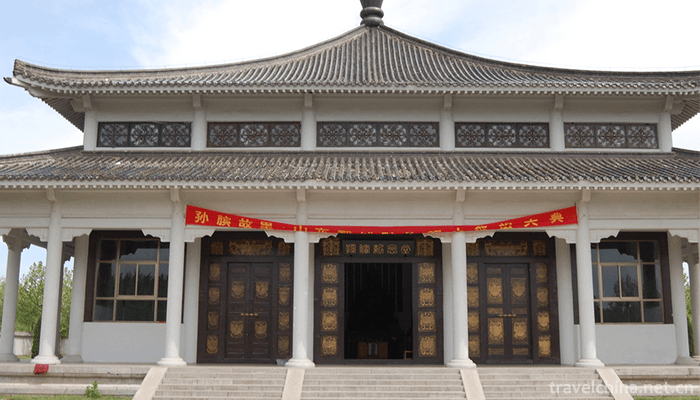
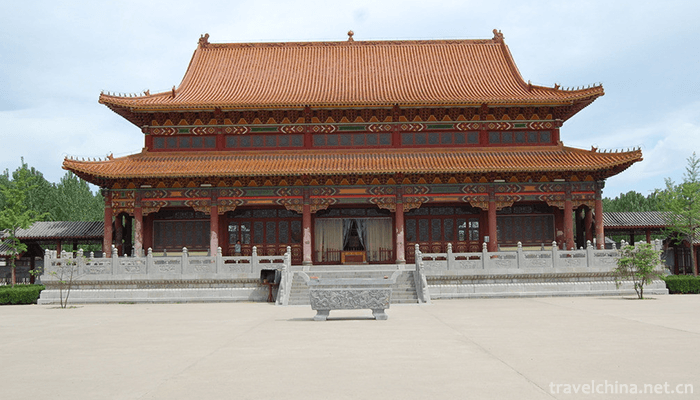
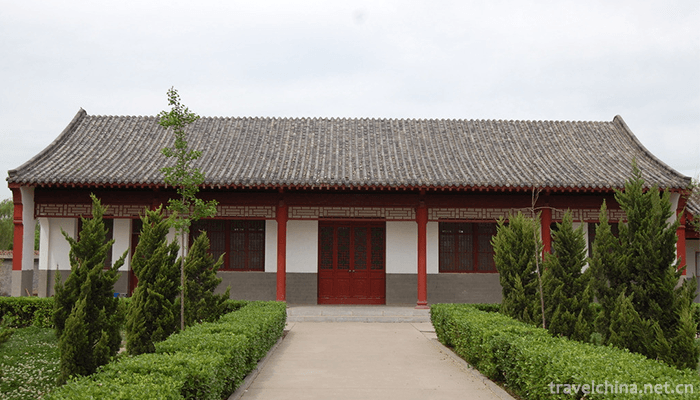
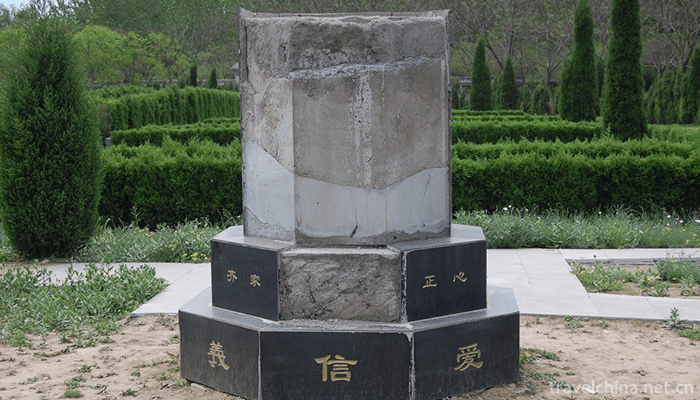
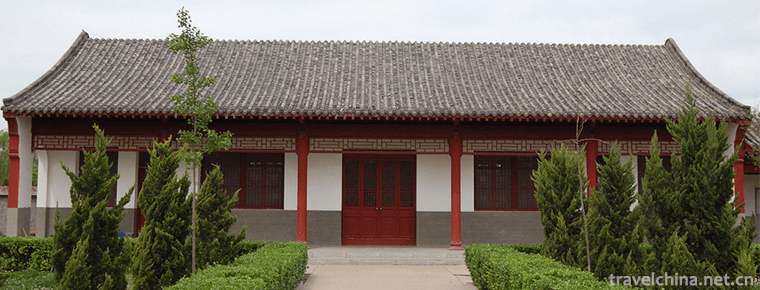
Yicheng Temple Scenic Spot of Sun Bin Tourist City
-
Water surface
The water surface is a traditional snack in Shaanxi and Gansu Province. Legend has it that Liu Bang, the ancestor of the Han Dynasty
Views: 511 Time 2018-11-02 -
Shanghai Wildlife Park
Shanghai Wildlife Park, located at 178 Nanliu Highway, Pudong New Area, Shanghai, is the first National Wildlife Park in China built by the Shanghai Municipal People's Government and the State Forestr
Views: 159 Time 2018-12-19 -
Xigaosong Scenic Spot
Xiqiaosong Scenic Area is located at the foot of Tianjing Mountain, 13 kilometers west of Chengxian County, in the middle of Yuqiaoxia, a national AAAA-level tourist attraction
Views: 198 Time 2019-02-25 -
Legend of Biashla
Biashraze, also known as Ashraze, is the most representative Bimo Master of the Yi nationality. The legend of Ashraze has become divine through oral transmission and artistic processing of language
Views: 145 Time 2019-04-04 -
Southern Drama
Nan Opera, also known as Nan Opera and Shi Nan Diao, commonly known as "Gaotai Opera" or "People's Congress Opera", is a local opera in Enshi Tujia and Miao Autonomous Prefecture o
Views: 283 Time 2019-06-07 -
Salar Folk Songs
There are many kinds of Salar folk songs. In the course of long-term historical development, they have formed colorful and distinctive musical forms and singing styles. Salar folk songs keep the ancie
Views: 164 Time 2019-06-12 -
Soviet Opera
Su Opera is a combination of Huagu Tanhuang, Nanci and Kunqu Opera. It is popular in the urban and rural areas of southern Jiangsu and Northern Zhejiang. Its predecessor, Sutan, was originally called
Views: 82 Time 2019-06-16 -
Smelting and Casting Techniques of Pig Iron in Yangcheng
Yangcheng pig iron casting technology was invented in the 6th century BC. Yangcheng pig iron smelting and casting technology in the smelting and casting process first crushed the ore, then roasted at
Views: 112 Time 2019-07-10 -
Yangasha
Yangasha, an epic originating in Jianhe, Guizhou Province, is eulogized for Miao compatriots from generation to generation. It is a sad and elegant love story about a passionate Miao girl. It is the G
Views: 194 Time 2019-07-11 -
Chengdu Weiran flower sea
Weiran flower sea is the largest flower sightseeing base in Chengdu, the top 50 rural tourism base in Chengdu, the most beautiful flower appreciation base in Chengdu, Chengdu music industry base, top
Views: 143 Time 2020-04-10 -
Taoping Qiang Village
Taoping Qiang village is located in Taoping Township, beside Zagunao River in Lixian County. Qiang village is 40 km away from Lixian City, 16 km from Wenchuan city and 139 km from Chengdu. It is a national key cultural relics protection unit and an important scenic spot in Jiuhuang line tourism circle.
Views: 140 Time 2020-11-07 -
Administrative division of Guangyuan
Guangyuan City has 7 county-level administrative divisions (Municipal District 3, county 4) and 142 township level administrative divisions (Street 7, town 111, township 24). It covers an area of 16310 square kilometers and has a population of 3.11 million. Guangyuan Municipal People's government is located at No.24, north section of Renmin Road, Lizhou district.
Views: 112 Time 2020-12-15
